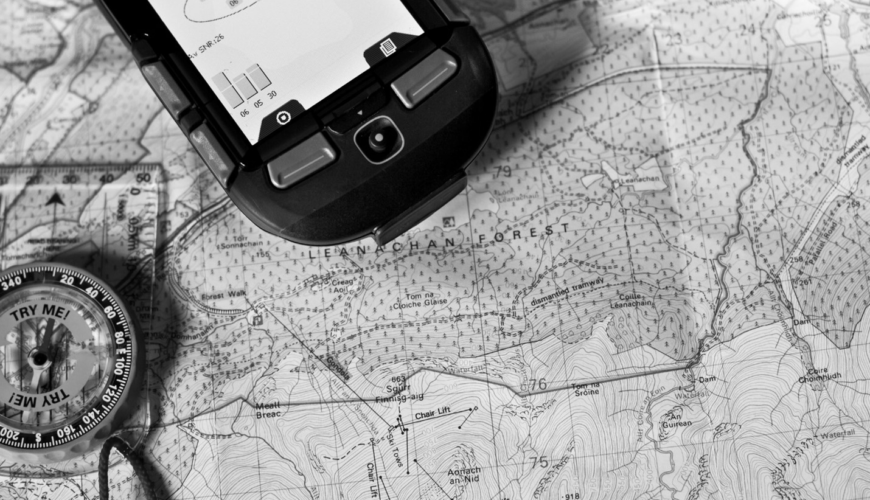Supply chain management has always been a complex and dynamic field, constantly needing to balance efficiency, cost-effectiveness, and customer satisfaction. Technology integration into supply chain operations has played a pivotal role in streamlining processes and meeting these challenges head-on in recent years. One such technology that has gained significant traction in this domain is geofencing. This article will explore how geofencing technology revolutionizes supply chain management and its benefits and practical applications.
Understanding Geofencing Technology
Before diving into its applications, let’s grasp the essence of geofencing. Geofencing is a location-based technology that allows businesses to define virtual boundaries or “geofences” around specific physical areas. These geofences can be set up to trigger actions or notifications when a mobile device or asset enters or exits the predefined area. It’s essentially a digital perimeter that enables real-time tracking and automation based on geographical location.
The Role of Geofencing in Supply Chain Management
Real-time Visibility and Tracking: One of the primary advantages of geofencing in supply chain management is achieving real-time visibility. By equipping assets, vehicles, or inventory with GPS-enabled devices, companies can track their movement accurately. This visibility helps monitor shipments’ progress, predict arrival times, and promptly address any deviations.
Enhanced Security: Geofencing adds an extra layer of security to the supply chain. If a shipment or asset deviates from its predefined route or enters an unauthorized area, it can trigger instant alerts to the parties concerned. This proactive approach allows companies to respond quickly to threats like theft or unauthorized access.
Optimized Routing and Efficiency: Geofencing technology assists in optimizing routing and resource allocation. For example, a logistics company can dynamically adjust delivery routes based on real-time traffic conditions and the location of geofenced delivery points. This optimization minimizes fuel consumption, reduces transit times, and lowers operational costs.
Inventory Management: Geofencing is not limited to tracking vehicles alone. It can also be applied to warehouses and distribution centers. By setting up geofences within these facilities, companies can monitor inventory movement and ensure that products are stored and picked efficiently. This helps to reduce inventory holding costs and improve order fulfillment.
Geographically Targeted Marketing: Geofencing isn’t just about tracking assets; it can also be used for marketing purposes. Retailers can send location-based promotions and advertisements to customers’ smartphones when they enter a predefined geofenced area, such as a store or shopping mall. This targeted approach enhances customer engagement and increases sales.
Practical Applications for Geofencing in Supply Chain Management
Last-Mile Delivery Optimization: Last-mile delivery is often the most expensive and challenging part of the supply chain. Geofencing enables companies to optimize this crucial phase by rerouting delivery vehicles based on real-time traffic and location data. This reduces delivery times and operational costs.
Inventory Replenishment: Geofencing can be used within warehouses to automate inventory replenishment. When stock levels in a specific area drop below a certain threshold, the system can trigger a reorder request, ensuring that products are always available when needed.
Temperature-sensitive Cargo Monitoring: Maintaining the right temperature during transit is critical for industries like pharmaceuticals and food. Geofencing can be used to monitor cargo temperature in real-time. If a temperature breach occurs, immediate corrective actions can be taken to prevent spoilage or damage.
Supplier Management: Companies can set up geofences around their suppliers’ locations. This helps track shipments’ arrival and departure, ensure that goods are received on time, and allow for better coordination with suppliers.
Customs and Border Control: Geofencing can be instrumental in customs and border control in international supply chains. It can track the movement of goods and provide accurate information to authorities, reducing delays and ensuring compliance with regulations.
Benefits of Geofencing Technology in Supply Chain Management
Cost Reduction: Geofencing helps optimize routes, reduce fuel consumption, and minimize operational costs.
Enhanced Security: Immediate alerts for unauthorized access or deviations from planned routes improve security.
Improved Customer Service: Real-time tracking allows for accurate delivery time estimates, enhancing customer satisfaction.
Data-driven Decision Making: Geofencing provides valuable data that can be used to make informed decisions and continuous process improvements.
Competitive Advantage: Companies that adopt geofencing technology can gain a competitive edge by offering better service and efficiency.
Challenges and Considerations
While geofencing offers numerous benefits, there are challenges to consider:
Privacy Concerns: Gathering location data can raise privacy concerns, especially involving employees or customers. Companies must handle this data responsibly and comply with relevant regulations.
Technology Integration: Implementing geofencing requires integrating hardware, software, and data analytics, which can be complex and costly.
Data Accuracy: The accuracy of location data is crucial. Signal disruptions or inaccuracies can lead to incorrect decisions and operational issues.
Security: Since geofencing relies on digital boundaries, ensuring the security of these virtual perimeters is vital to prevent breaches and false alerts.
Geofencing technology is a game-changer in supply chain management, offering real-time visibility, security enhancements, and cost-saving opportunities. Its applications range from optimizing last-mile delivery to improving inventory management and customer engagement. While there are challenges to overcome, the benefits far outweigh the drawbacks. As supply chains evolve, geofencing will likely play an increasingly central role in their efficiency and effectiveness. Companies that embrace this technology stand to gain a competitive advantage in an ever-changing market.


